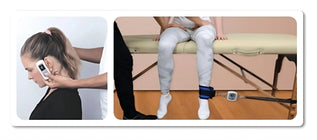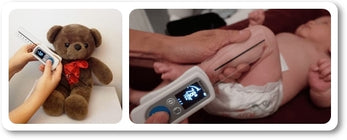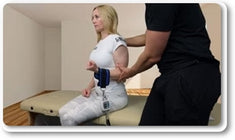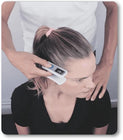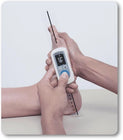Upper cervical range of rotation during the flexion-rotation test is age dependent: an observational study
Authors: Thomas Schöttker-Königer (2020)
Link to study: here
Abstract
The flexion-rotation test (FRT) is widely used to detect movement dysfunction in the spinal segment C1/C2, especially in patients with cervicogenic headache. The current published literature indicates that range recorded during the FRT is not age dependent. This is questionable, considering the well documented relationship between aging and degeneration in the cervical spine and loss of cervical movement in older people. The present study therefore aims to examine the influence of age on FRT mobility, and to provide normative values for different age groups. An additional aim is to examine the influence of age on the ratio between lower and upper cervical rotation mobility.
Methods
For this cross-sectional, observational study, healthy subjects aged from 18 to 90years were recruited. The upper cervical range of rotation during the FRT was measured using a digital goniometer. Personal data including age, weight, height, and lifestyle factors were also assessed.

Results
A total of 230 (124 male) healthy, asymptomatic subjects, aged between 18 and 87years were included. Regression analysis showed that 27.91% (p<0.0001) of the variance in FRT mobility can be explained by age alone, while 41.28% (p<0.0001) of the variance in FRT mobility can be explained by age and total cervical range of motion (ROM). Normative values for different age decades were calculated using regression analysis. No significant influence of age on the ratio between ROM of lower and upper cervical rotation was found. There was no relevant impact of personal (gender, height, and weight) and lifestyle (smartphone and PC use) factors on ROM during the FRT.
Conclusion
Upper cervical rotation mobility determined by the FRT correlates strongly with age; hence, the results of the FRT have to be interpreted taking into account the individual age of the tested subject. The ratio between lower and upper cervical rotation mobility is maintained in all age groups.

